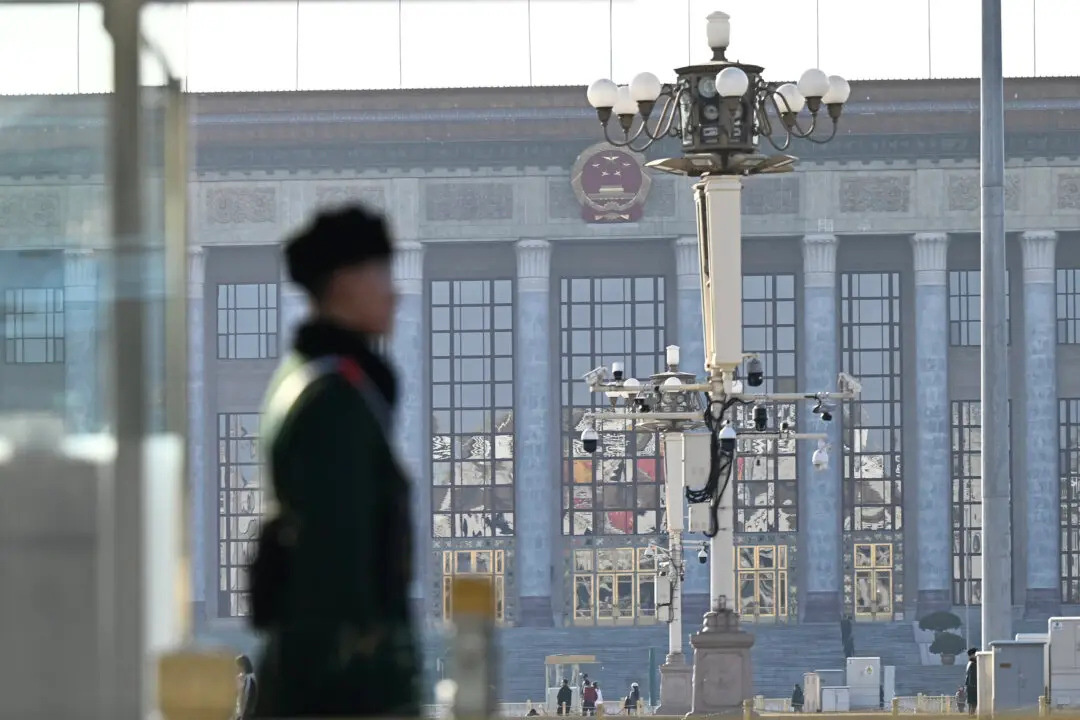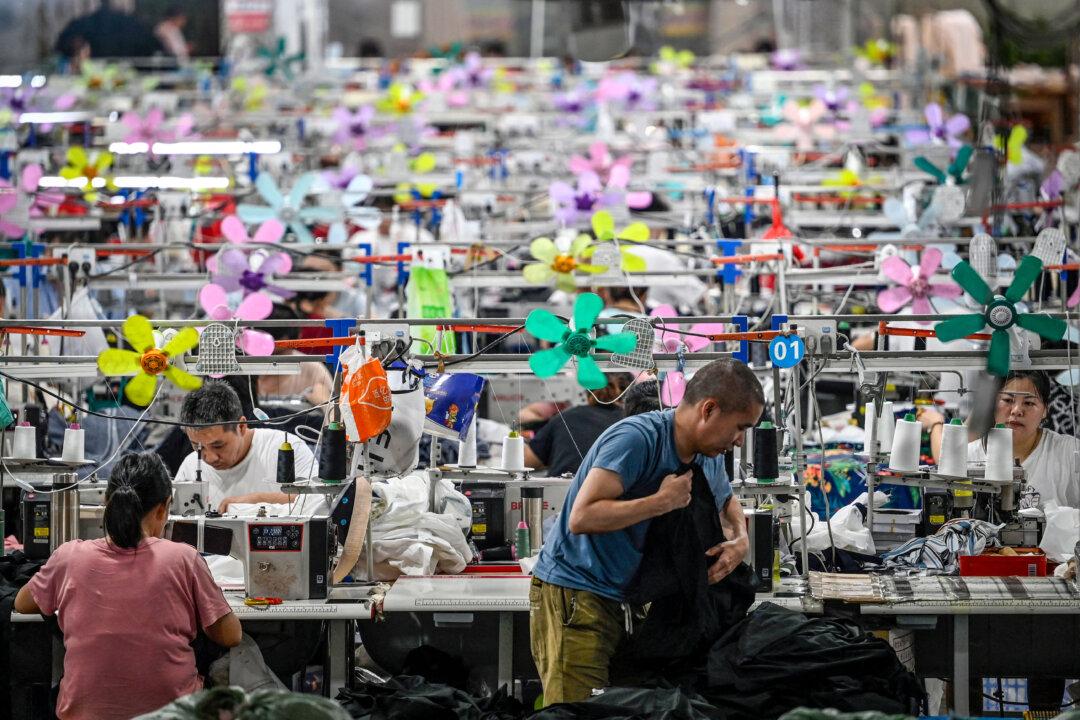Chinese provinces and cities are seeing millions of new COVID-19 infections each day, much higher than the official statistics, with the wave expected to peak in the weeks ahead.
Health officials said there were roughly 1 million new COVID-19 infections every day in Zhejiang, a coastal province located south of Shanghai. Infections in the manufacturing hub of 65.4 million are estimated to double around New Year’s Day.
“The infection peak is estimated to arrive earlier in Zhejiang and to enter a period of elevated level[s] around New Year’s Day, during which the daily new infection number will be up to two million,” Yu Xinle, deputy director of Zhejiang’s health commission, said at a Dec. 26 briefing.
Tracing the Scale of the Outbreak
The actual scale of the outbreak, however, is hard to trace. Evidence that the regime downplays and covers up information about the outbreaks has persisted throughout the pandemic. Moreover, there is growing evidence that the latest wave of COVID-19 infections is far worse than official tallies indicate.
The southern Chinese city of Dongguan also estimated it’s seeing tens of thousands of new COVID-19 infections daily.
“Daily infections are growing on a scale of 250,000 to 300,000 people a day and the growth rate is accelerating. Medical institutions and health workers are facing unprecedented challenges and immense pressure,” the city’s health authorities said in a Dec. 23 statement.
Visits to Zhejiang fever clinics hit 408,400 a day—14 times normal levels—in the past week, a Zhejiang official told a news conference.
Daily requests to the emergency center in Zhejiang’s capital, Hangzhou, have recently more than tripled on average from last year’s level, state television reported on Sunday, citing an Hangzhou health official.
Grim Prospects Ahead
Zhengzhou, a central Chinese city home to the world’s largest iPhone assembling facility, estimated that it will see a spike in COVID-19 infections around mid-January. The southern province of Jiangxi and the megacity of Guangzhou, the provincial capital of Guangdong, also predicted similar peak times.Analysts, meanwhile, predicted a grim picture ahead.
“China is entering the most dangerous weeks of the pandemic,” said a research note from Capital Economics. “The authorities are making almost no efforts now to slow the spread of infections and, with the migration ahead of Lunar New Year getting started, any parts of the country not currently in a major COVID wave will be soon.”

Enormous Strain on Health System
The massive outbreaks came as the regime scrapped its zero-COVID policies on Dec. 7 in the face of public protests and a widening outbreak.“Our country’s new coronavirus epidemic prevention and control is facing new situations and new tasks,” the state-run Xinhua news agency cited Xi Jinping as saying on Dec. 26. The Chinese leader’s remarks on public health marked one of his first references to China’s recent policy shift.
Bolstering the urgency of the situation is the approach of the Lunar New Year in January, when huge numbers of people return home.




